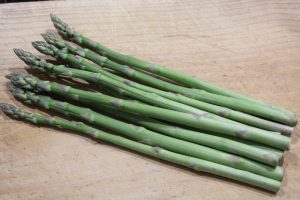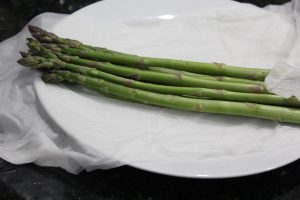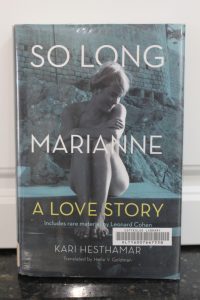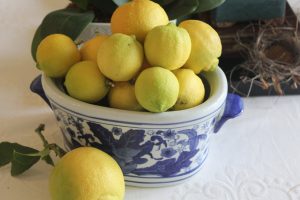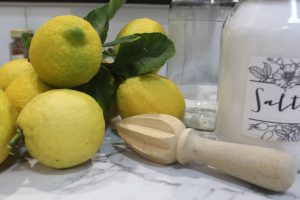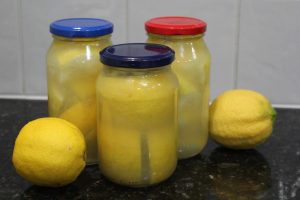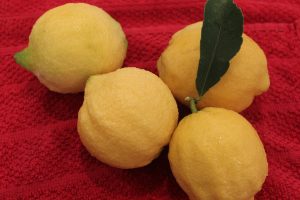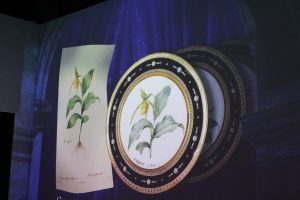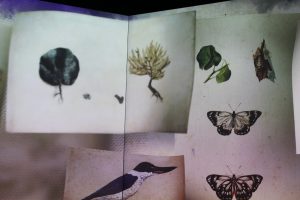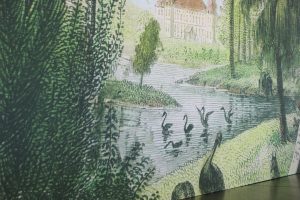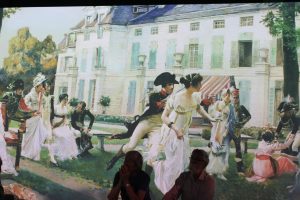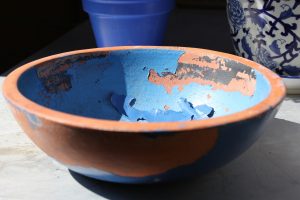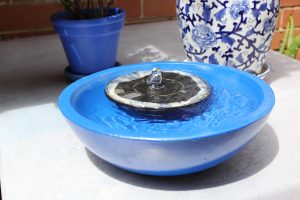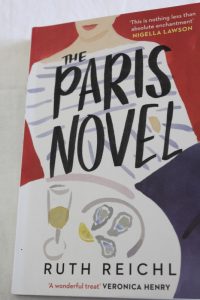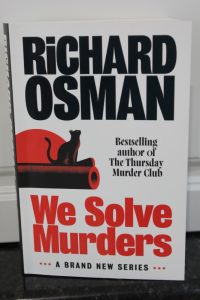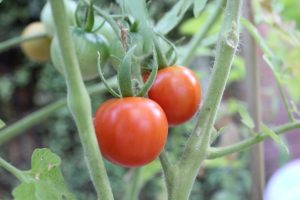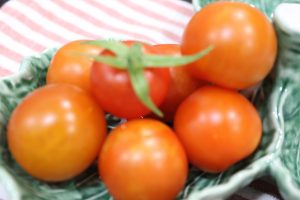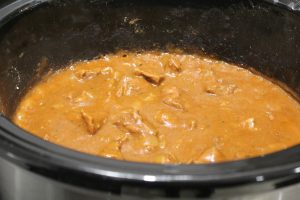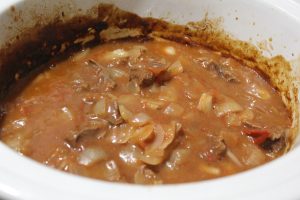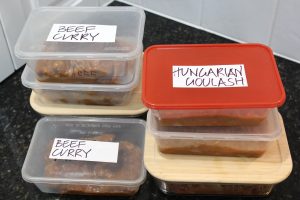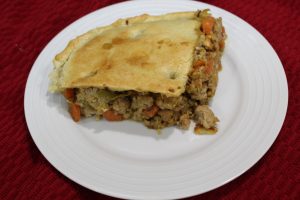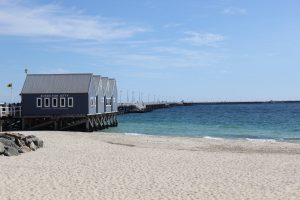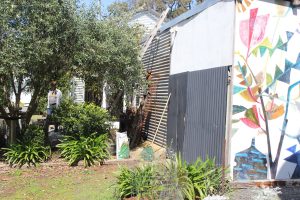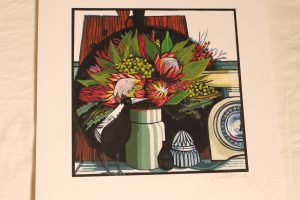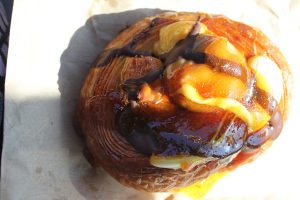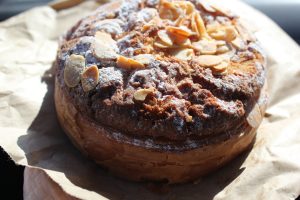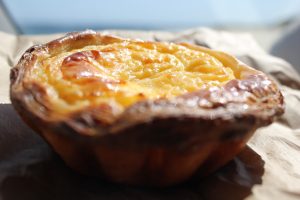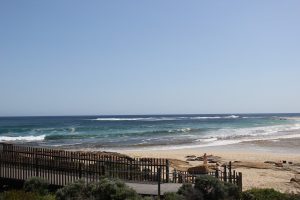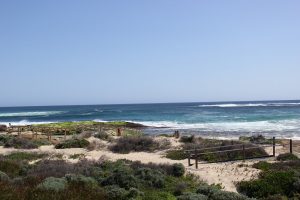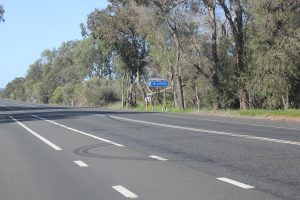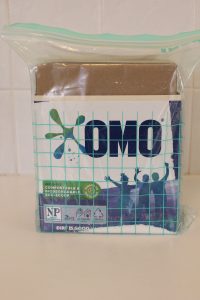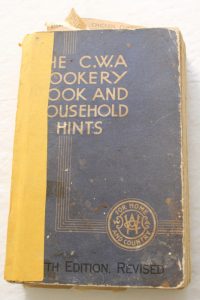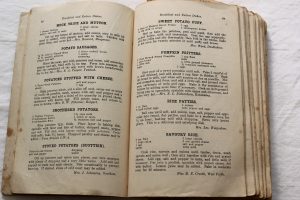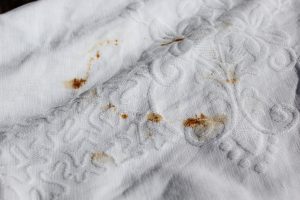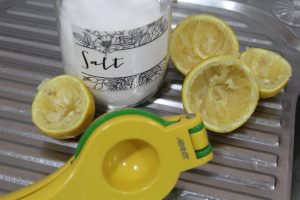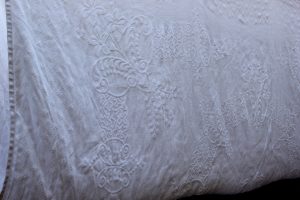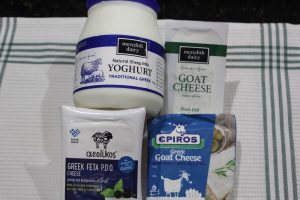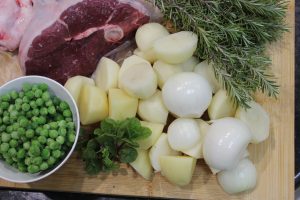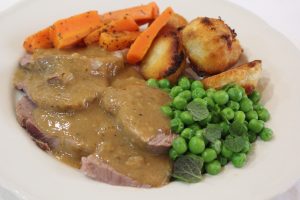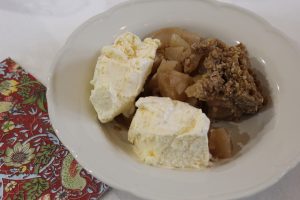reading
For months I have had a TO DO list for every day. Some of those things were pleasurable, like visitors or playing mahjong or going to yoga, but most days are less easy, involving banks, lawyers, phone companies and other jobs to do with my late Mother’s estate.
Although I had to soak a red wine stain out of a white tablecloth and do some other washing and water seedlings, I have sat to read a book. ( To remove a red wine stain, soak the mark in a mix of vinegar and washing detergent for about half an hour then put through the normal cycle you would use for the item. I left the tablecloth out on the line for most of the day as it was hot and helped whiten it.)
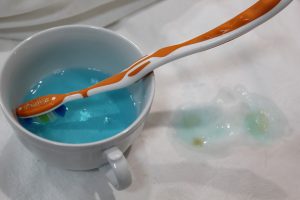

The stain on the right is now gone. Next, I’ll dip the tablecloth in starch and iron it. My Mother used to take my tablecloths and hers to the steam laundry in Bunbury, I need to look for a new steam laundry.
The red wine stain was a result of my husband hosting a bookclub meeting the night before. We didn’t have visitors except an electrician early this morning so I read a book, too. It was Nicci French’s Has Anyone Seen Charlotte Salter? Recently published (29th Feb 2024) this is a typically dark and tragic story. Cleverly crafted, like all her murder mysteries, this is the story of two families, long term friends,both shattered by a family member being murdered, only days apart. The resolution was a surprise. Great book.
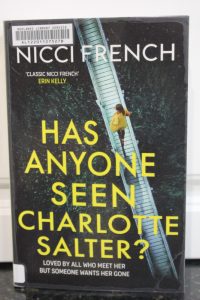

Murder stories are a bit of a theme at the moment. I don’t know why I find them so easy to read before I go to sleep. Last week I read Andrea Camilleri’s Inspector Montalbano Mystery, The Overnight Kidnapper, the 23rd in this series. This story is different from the usual books involving Inspector Montalbano as it isn’t based on a news story, like all the other books in this series. As in every Inspector Montalbano story, the inspector uses his intuition and logic to solve three kidnappings and two murders.
All Camilleri’s Montalbano stories are based in two almost deserted Sicilian towns, Porto Empedolce and also Agrigento, now tourist destinations, but in the books known as Vigàta. If you’re a fan of the television series, you might like to rent Inspector Montalbano’s house on the waterfront. Look online for the details.
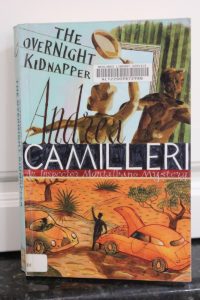

The other book I’ve read this week is not a murder story, it’s Liz Byrski’s The Woman Next Door. Byrski is the author of many novels and non fiction books. She began her writing career as a freelance journalist and a broadcaster. She lives locally and writes stories based in Western Australia. There aren’t many books written about streets and cafes I know, so it’s a pleasant change to read her books.


She also weaves wonderful stories. The Woman Next Door is typical Liz Byrski : it’s about older women and their choices and obligations, surrounded by families and often retirement, grandchildren and husbands developing new interests. The story deals with moving from large family homes, adult children moving away, an elderly neighbour developing dementia and meeting up again with old flames. A rich and engaging story.I really enjoyed reading this book.
I still have three murders, all written by Peters James. They are The Secret of Cold Hill, Picture You Dead and I Follow You. Have you read any of them?
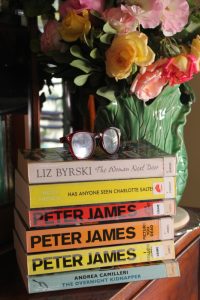

All these books are from the library. I rarely buy books as we have so many. I only buy a book I’m sure I’ll reread or use as a reference.
We are blessed in Western Australia with an extensive public library system funded by State and Local Government. With free libraries throughout the suburbs managed by trained librarians and an extensive book stock books which may be unavailable at one library can be sourced and supplied by another anywhere in our state. Libraries with their meeting rooms also function as useful venues for local interest groups to meet, discuss, learn special skills or play games like bridge, chess or mahjong.

